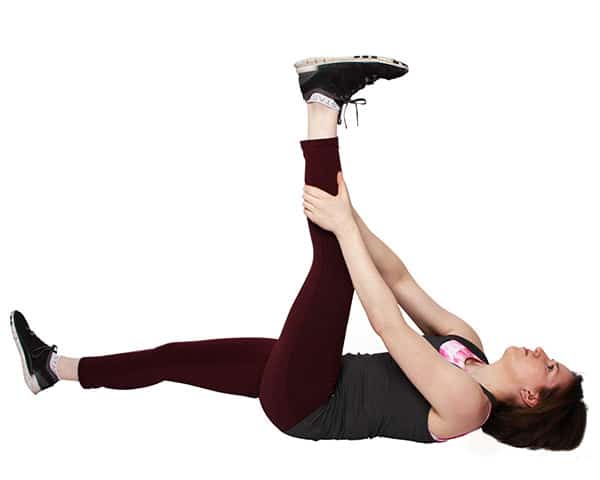Legs stretches

LEG STRETCHES AND OTHER REMEDIES TO LEG PAIN
Our legs have one of the strongest muscles in our body. Our legs keep us standing all day, but to achieve this, several muscles work together to keep it in good standing. Sitting or standing for too long can affect our legs; this is because the pumping action of blood returning to the heart is the duty of muscle contractions. Hence, if we walk more, the more our calves will pump blood upwards.
If you sit for long, either due to work or any other reason, the pumping action of blood will be reduced. With time, standing or sitting for too long will affect our veins’ health and circulation of blood. Its because blood has pumped against gravity and pressure, which can lead to the damage of some blood vessels. Leg stretches are an excellent way to alleviate leg back.
The primary cause of leg pain is a muscle cramp or spasm, referred to as “a charley horse.” A muscle cramp usually triggers sudden sharp pain as the leg muscle contract. The tightening of the muscle most times forms a visible hard lump under the skin. Muscle fatigue and dehydration can also cause leg cramps, especially in the calf area. Also, there are some medications like statins and diuretics that may cause leg cramps in some people.
How to Recognize Leg Pain
Pain or unease anywhere in the leg can range from a dull ache to an intense, excruciating stabbing sensation. The discomfort to the leg most times disappears within a short time and can be soothed with home remedies, and some simple leg stretch technique. Most leg pain happens due to the straining of the legs or minor injuries. Causes of leg pain are temporary conditions that can be treated by your doctor or a massage practitioner.
In case of severe leg pain due to a critical medical condition, a diagnosis will have to be carried out on your leg to suitable treatment. And for any underlying conditions that may hinder the pain from escalating and improve your leg’s long-term outlook.
Leg Stretches to Get You Started
Doing leg stretches will help ease leg pain, stress, and reduce the amount of inflammation or swelling your leg injury may cause. There are the upper and lower leg stretches, including the calf/hamstring stretch, quad stretch, inner thigh stretches, etc.
Taking Care of Leg Pain
For minor leg pain or cramps, you can use the home remedy method to ease the pain. The home remedies listed below can provide relief for leg pain or cramps:
- Avoid pressure on the leg. You can support the legs with pillows, stay off your feet.
- Place icepacks on the affected area for about 15 minutes. You can repeat as much as our time a day for effective results.
- To stay off your feet, you can wear compression socks or stockings with support.
- Gently stretch the muscle around where it hurts after a warm bath. If the pain is around the lower part of your leg, try pointing and straightening your toes when sitting or standing. Similarly, if it is at the upper part of the leg, try bending over to gradually touch your toes. You can stretch while standing or sitting flat. Remember to take the stretches slowly and stop when the pain intensifies. Ease into each stretch, retaining each position for five-ten seconds.
- Take over-the-counter medications (OTCs) like ibuprofen or aspirin to ease the pain. You should check with your doctor if you have any health issues before taking these drugs.
Employ the Services of an RMT
A registered massage therapist will provide a professional massage that will ease off the pain. You can book a massage practitioner for a home massage if you don’t want to strain your legs further, going to their office. Leg massage can stimulate and improve the circulation of blood and lymph, and where necessary, it also prevents varicose veins. To relieve the congestion of muscles in your legs, a massage practitioner will receive a stroke upward from the ankle towards the lymph nodes situated at the back of the knee and groin.
Your massage practitioner will slowly massage the leg’s larger muscles around the thighs to stimulate the lymphatic system. Little pressure will be applied around the hard parts like the shins and knees to ease the pain. If you have a swollen leg, a massage practitioner is skilled enough to know the required pressure to alleviate your pain.
A Swedish massage is often recommended, as it relaxes the muscles by applying gentle pressure to deep muscle and bone. Your massage therapist will gently rub your tissue in the same direction as blood flow to the heart. A Swedish massage can reduce your muscular strain recovery time by clearing the muscle off lactic and uric acids.